
Discovering Canada’s hidden past
Canada’s land holds secrets stretching back thousands of years, from ancient villages and hunting grounds to Viking settlements and lost ships. Every discovery tells a story about the people and cultures who shaped the country long before modern times.
These finds don’t just fill museum cases, they reshape what we know about North American history. From the Arctic to the Great Lakes, archaeologists are still uncovering clues buried under ice, rock, and forest, connecting us to Canada’s deep, fascinating past.
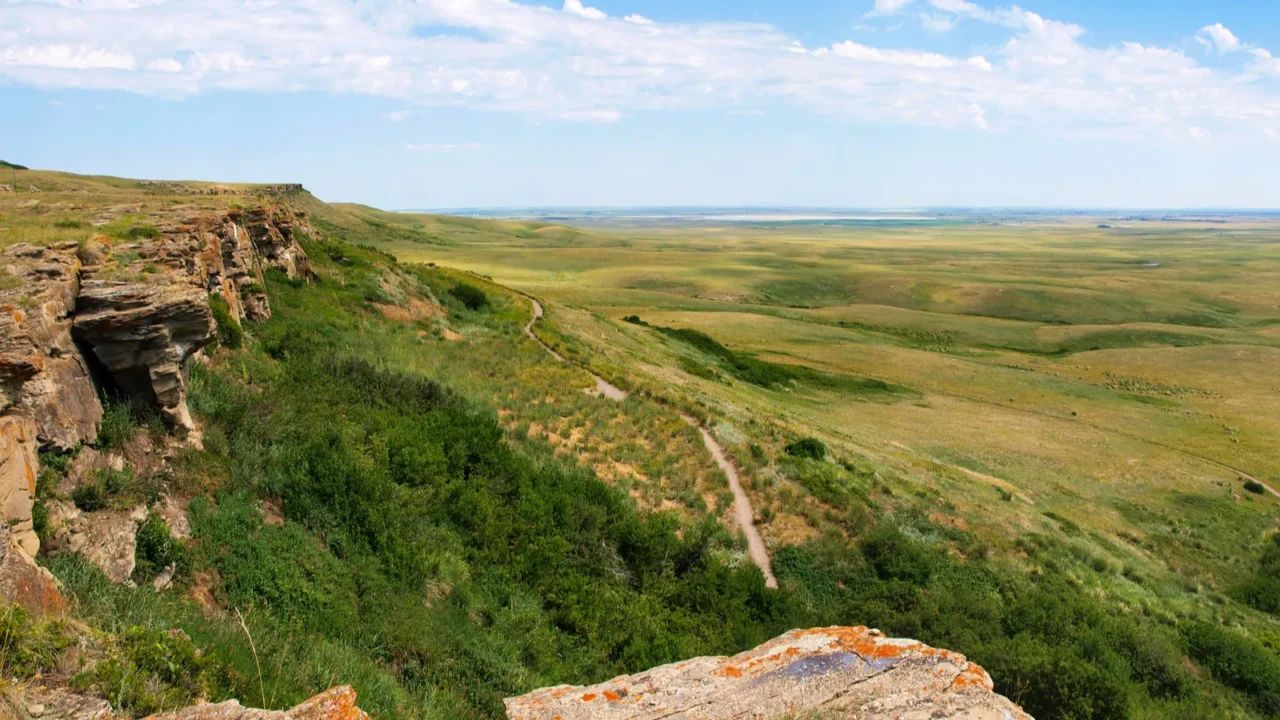
Head-Smashed-In Buffalo Jump, Alberta
This UNESCO World Heritage Site was used by Indigenous Plains peoples for almost 6,000 years to hunt bison by driving them over cliffs. Layers of bones, tools, and camp remains reveal how entire communities worked together in sustainable, spiritual ways.
Today, visitors can explore an interpretive center built into the cliffside that brings this ancient hunting technique to life. It’s one of the most powerful reminders of Indigenous ingenuity and cooperation found anywhere in the world.
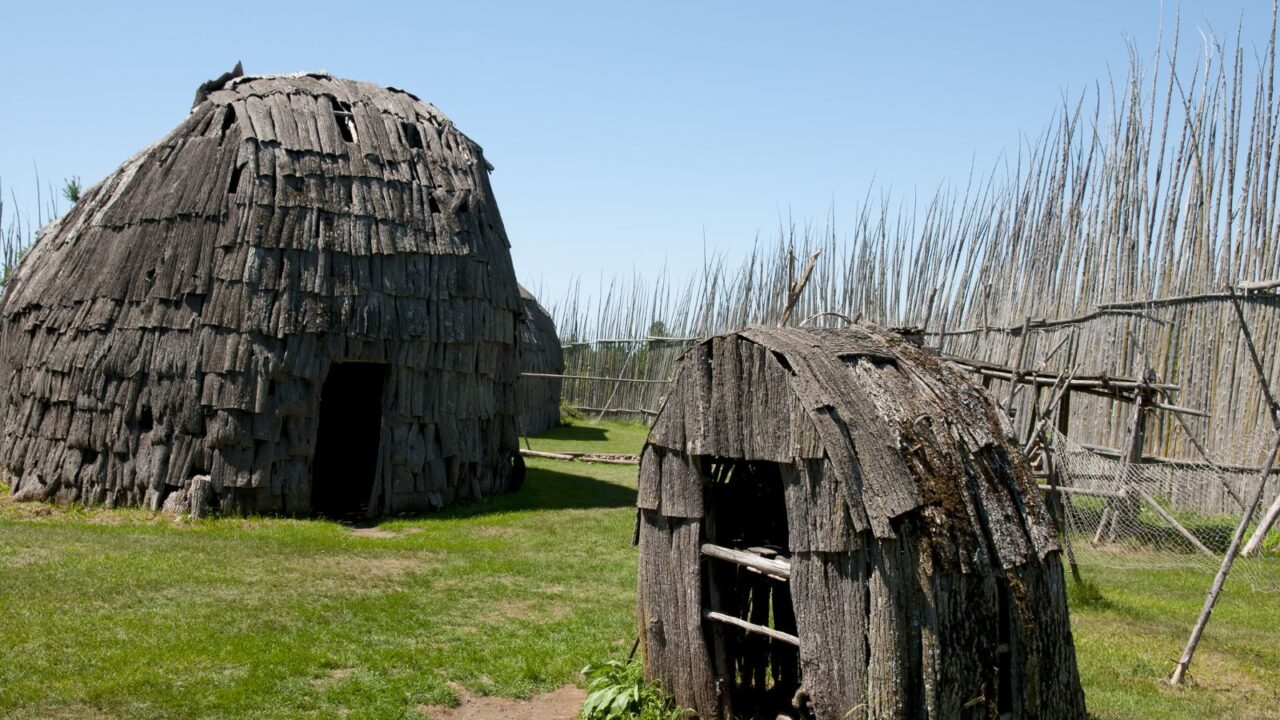
Droulers-Tsiionhiakwatha, Québec
In southern Québec, archaeologists uncovered one of the largest Iroquoian village sites ever found, filled with longhouses, tools, and farming evidence. Dating back to the 15th century, it showcases the complex agricultural life of First Nations people.
The site reveals how these communities built thriving societies long before European contact. Visitors can even walk through reconstructed longhouses to imagine daily life centuries ago.

L’Anse aux Meadows, Newfoundland
At the northern tip of Newfoundland lies the only confirmed Viking settlement in North America, dating to around 1000 AD. Archaeologists found sod houses, iron nails, and spinning tools that confirm Norse explorers reached the continent centuries before Columbus.
The site offers a vivid glimpse into early transatlantic journeys and interactions with Indigenous peoples. Standing on this windy coast feels like stepping into a thousand-year-old story of adventure and discovery.

The 11,000-year-old village, Saskatchewan
Recently uncovered near Sturgeon Lake, this ancient Indigenous village has reshaped what experts know about human history in North America. Artifacts show continuous habitation and advanced building skills dating back 11,000 years.
Local Indigenous communities are helping interpret the site’s meaning, ensuring their ancestors’ stories are told with respect. It’s a discovery that proves civilization in the region began much earlier than anyone imagined.

Alberta’s Writing-on-Stone Rock Art
Hidden along the Milk River valley in Alberta, Writing-on-Stone, also known as Áísínai’pi, is one of Canada’s most sacred archaeological treasures. The towering sandstone hoodoos here are covered with ancient carvings and paintings that date back nearly 2,000 years.
These petroglyphs tell the stories of the Blackfoot people, depicting battles, visions, and encounters with the spirit world. Today, the site stands as both a UNESCO World Heritage Site and a living cultural landscape, preserving a vital link between Indigenous history and the natural beauty of southern Alberta.
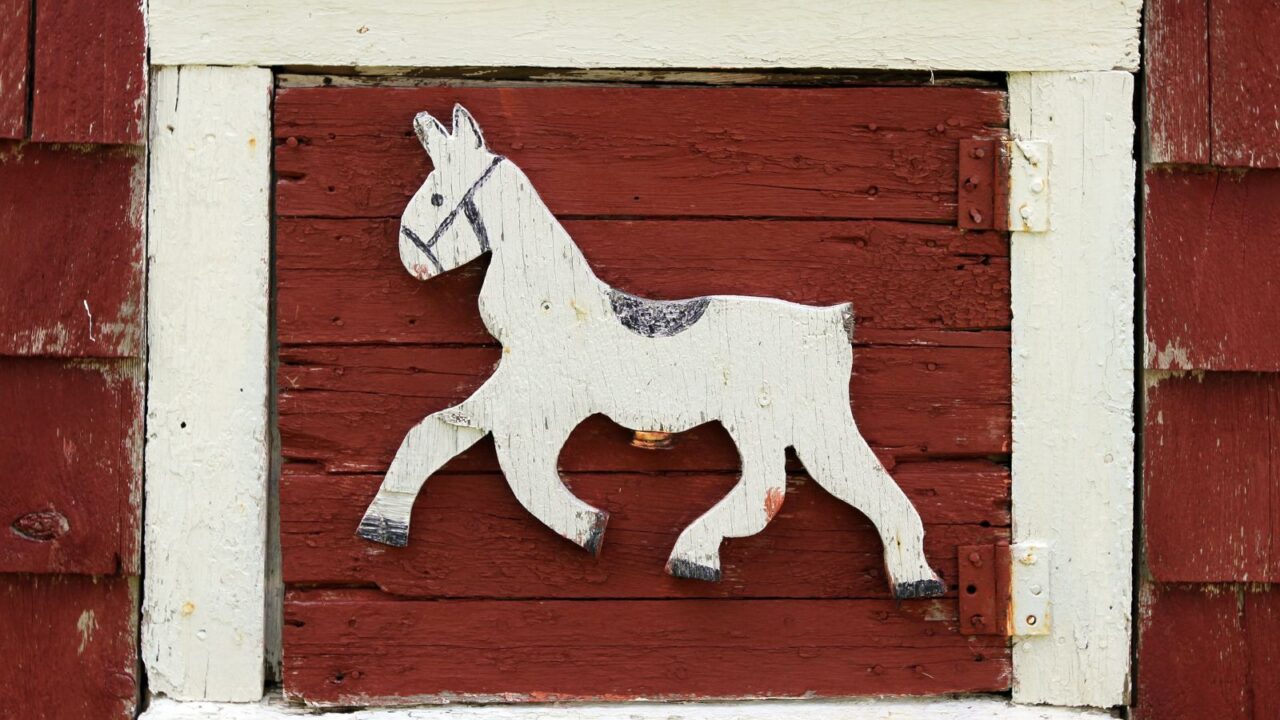
Cupids Cove, Newfoundland and Labrador
Founded in 1610, Cupids Cove is one of the oldest European colonies in Canada. Excavations have revealed stone foundations, ceramics, and iron tools that tell stories of struggle, adaptation, and survival in the New World.
The site helps trace the early days of English settlement and trade in North America. It’s a must-see for anyone fascinated by colonial beginnings and life on the rugged Atlantic coast.
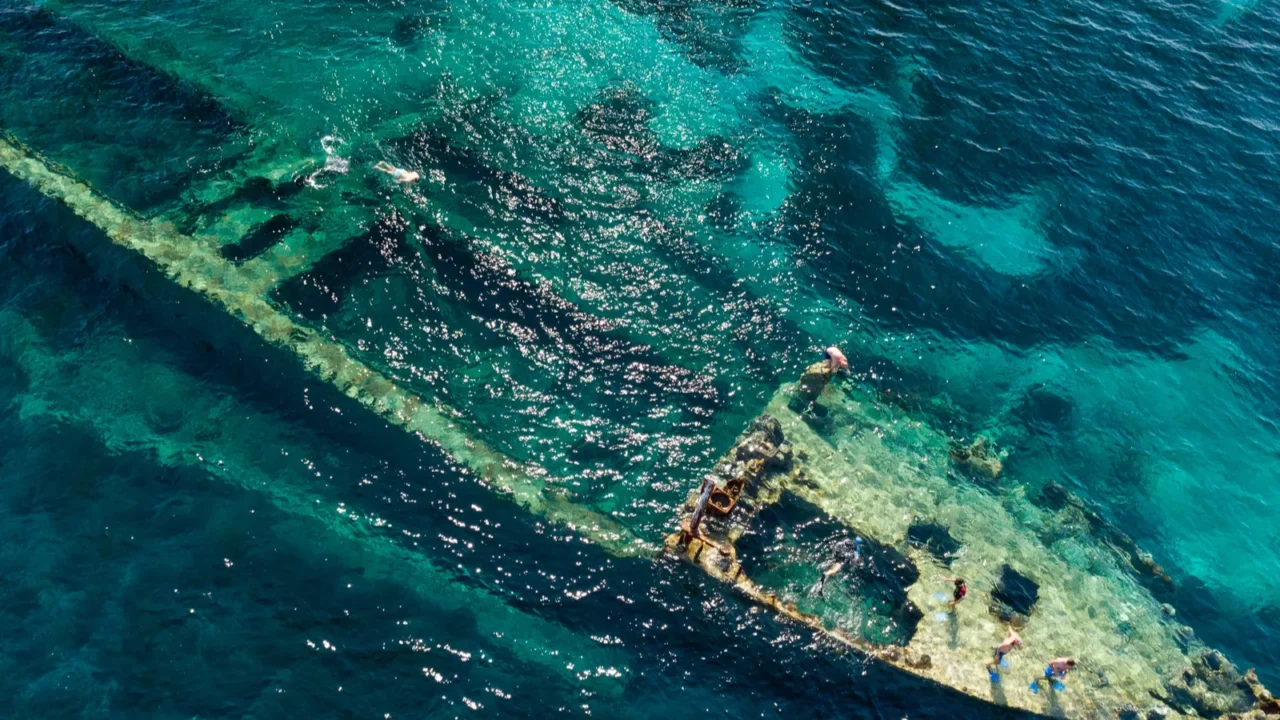
HMS Erebus, Nunavut
The discovery of the lost ship HMS Erebus from Sir John Franklin’s 1845 expedition captivated the world. Found in icy Arctic waters, it revealed hauntingly well-preserved remains of life aboard a doomed voyage.
Artifacts like navigational tools, plates, and clothing continue to surface as researchers study the wreck. Each new find adds detail to one of history’s most mysterious Arctic stories.
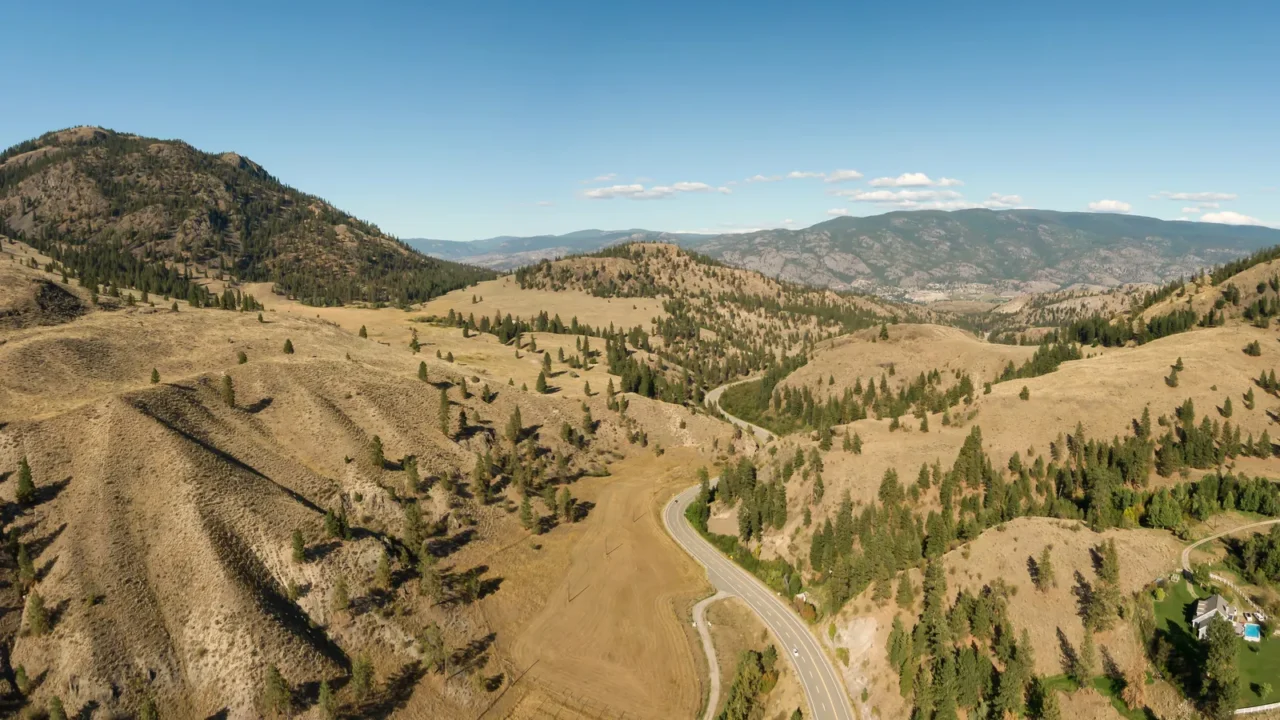
Keatley Creek, British Columbia
This prehistoric settlement in the Fraser Canyon contains remnants of ancient pit houses and food storage areas. Archaeologists believe it was home to one of North America’s most sophisticated early communities.
The site reveals how people adapted to mountain environments with advanced planning and resource sharing. It’s a striking example of social organization long before modern infrastructure existed.

Bluefish Caves, Yukon
Bone fragments and tools found in these caves suggest humans lived here more than 20,000 years ago, long before previously thought possible. The discovery changed how scientists view early migration into the Americas.
The harsh northern setting adds to the wonder of human endurance. These early traces show that Canada’s first inhabitants were resourceful enough to survive in extreme Ice Age conditions.
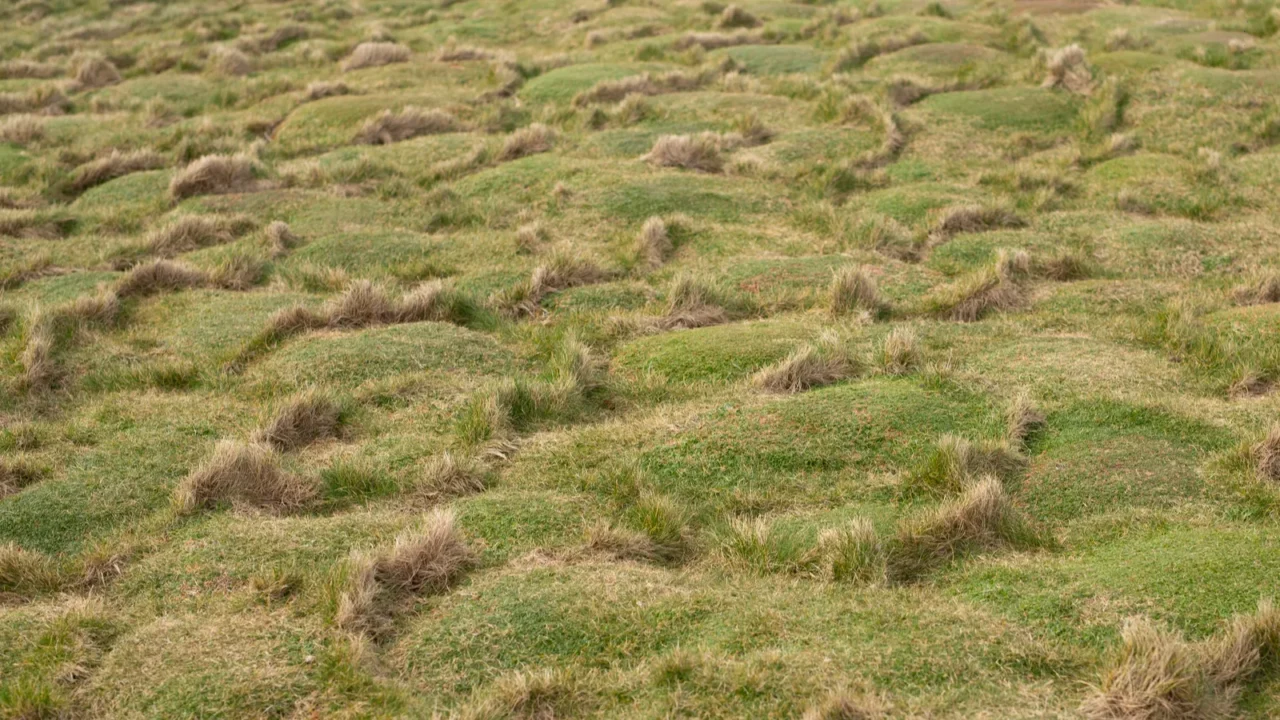
L’Anse Amour Burial Mound, Newfoundland
Dating back 7,500 years, this ancient burial site contained the remains of a young child and precious grave goods. It’s one of the oldest known ceremonial burials in North America.
The discovery gives rare insight into the spiritual beliefs and social customs of the Maritime Archaic people. Standing there reminds visitors of how love and ritual have always been part of humanity.
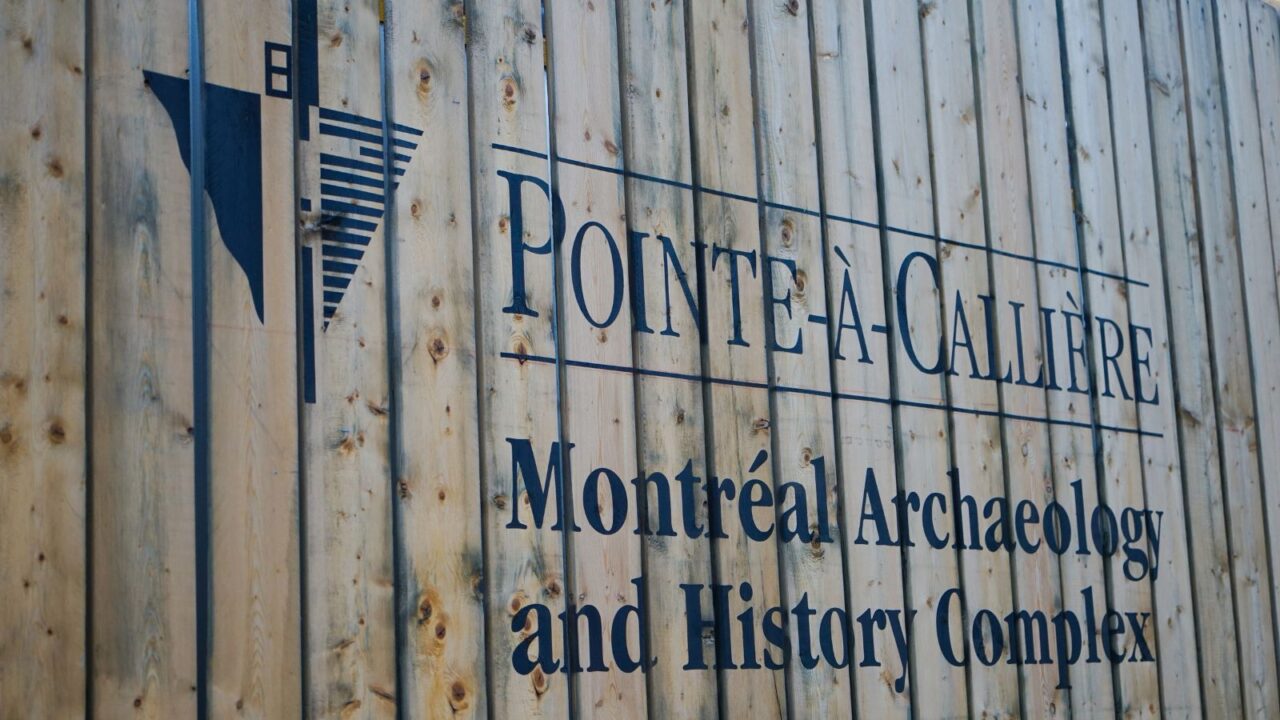
Pointe-à-Callière, Montréal
This site marks the birthplace of Montréal, where archaeologists unearthed the city’s first Catholic cemetery and remains of Fort Ville-Marie. Artifacts trace daily colonial life and the city’s earliest moments.
Now transformed into a museum, visitors can walk above glass floors that reveal centuries of hidden history. It’s a remarkable blend of modern design and ancient discovery beneath a thriving city. Talking about the museum, don’t miss out the thrilling secrets behind the world’s most guarded museum.
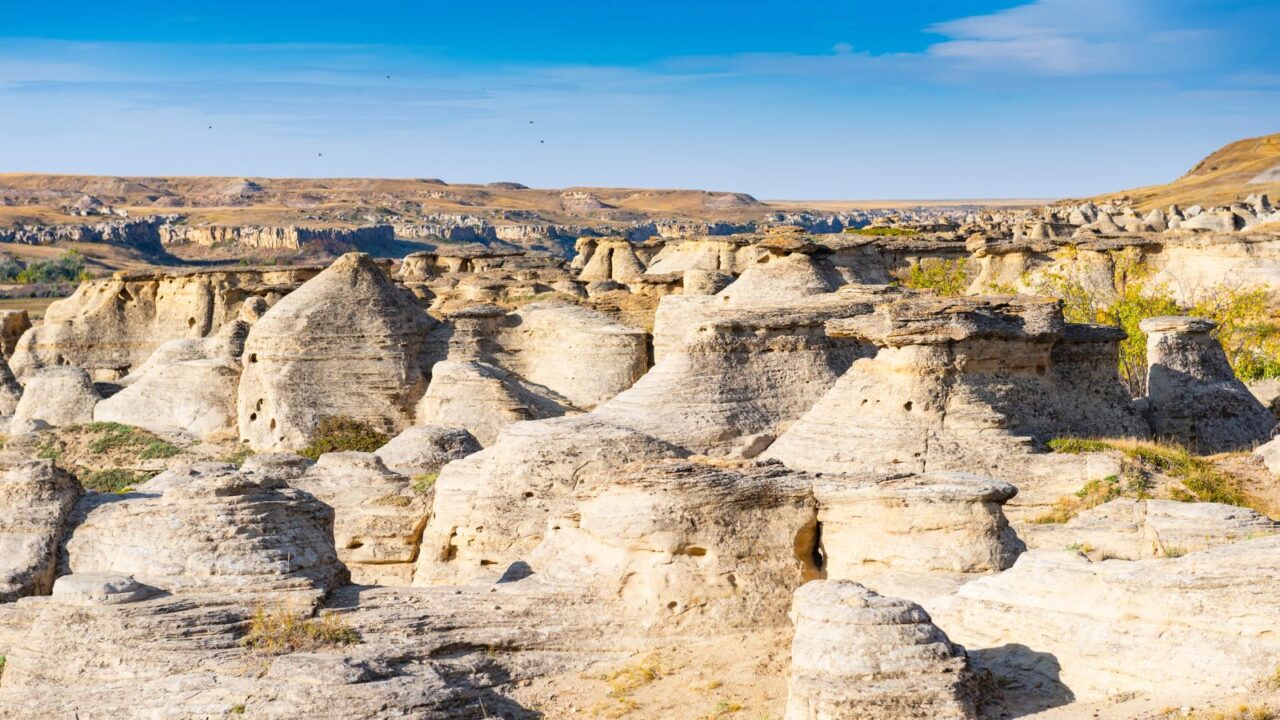
More treasures across Canada
From Alberta’s Writing-on-Stone rock art to Ontario’s Crawford Lake villages, Canada is dotted with archaeological wonders. Each site holds unique pieces of cultural, spiritual, and scientific history.
These discoveries offer a glimpse into thousands of years of human creativity and adaptation. They also remind visitors of the country’s diverse and deep-rooted history.
If you love history, art, and breathtaking architecture, explore these stunning European monuments; they’re experiences that stay with you long after the trip ends.
Which of these incredible discoveries amazed you the most? Share your thoughts in the comments.
Read More From This Brand:
- Kyoto hikes tourist tax by 900% starting in 2026. Would you still visit?
- Las Vegas locals get big discounts as tourism declines
- Australia stays strong as a bright spot in U.S. tourism
Don’t forget to follow us for more exclusive content right here on MSN.
This slideshow was made with AI assistance and human editing.